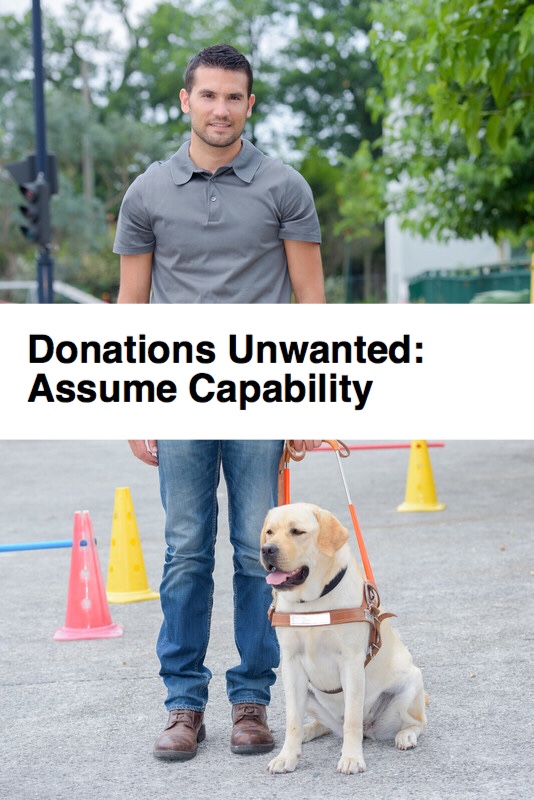It’s been a busy month for me, so this list will be short. I have a recipe, a couple of books and some favorite articles to share. On the blog this month, I accepted my first guest post! I’m happy with how it turned out. The perk of letting other bloggers write for you is that you can take a break from creating content. The second change I’ve made is behind the scenes. I have a new blogging schedule. I’ve been using Saturdays and Sundays for writing new content. I try to write two posts per weekend. During the week, I add images, affiliate links etc. This has taken a lot of the stress off and while I was on vacation in June, I was able to write several posts, so if I’m not feeling up to writing posts on a certain week, I have some content ready to go.
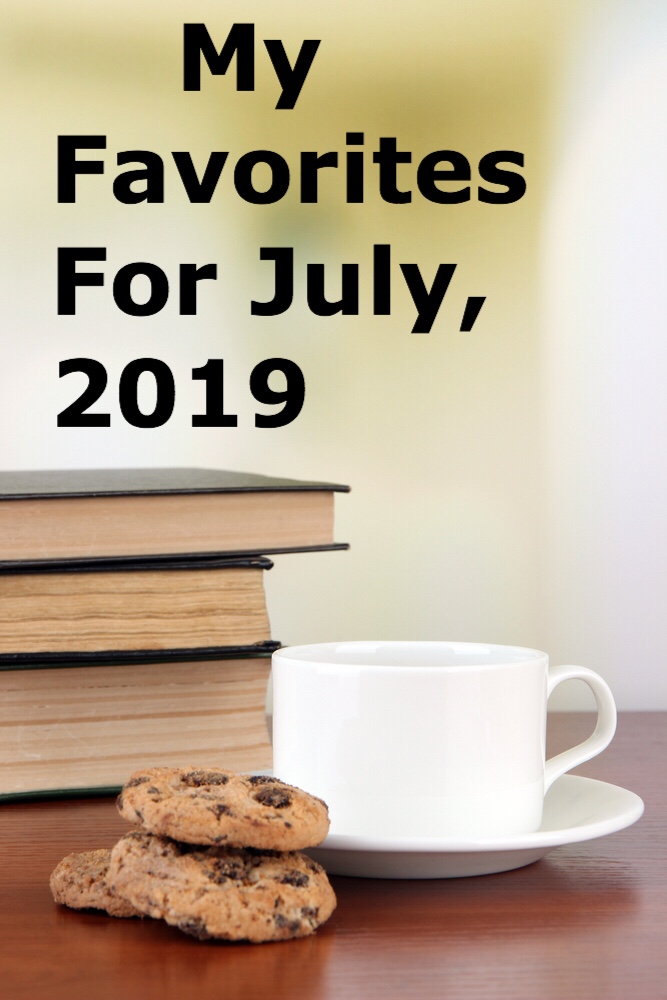
For my favorites for July, I have the basics, a recipe, a book and a few articles. Enjoy.
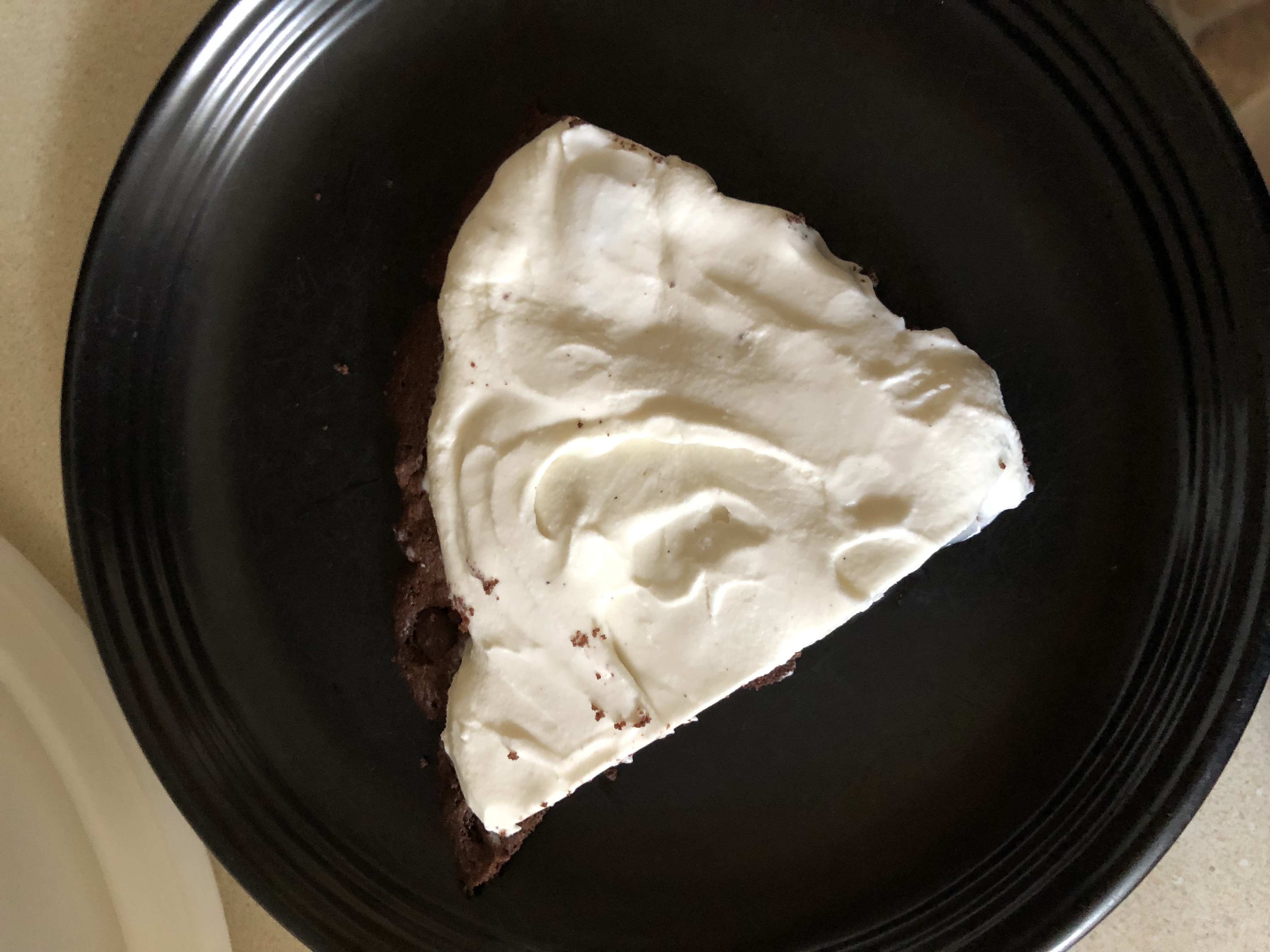
Recipe
Rosebud happened to see them making an ice cream pizza on one of her favorite shows. She seemed excited about this, so I asked her if we should make our own ice cream pizza. We tried this simple Ice Cream Pizza recipe. Rosebud helped make it and of course, we enjoyed having it for dessert. This recipe would be great for a pizza themed party.
For toppings, we used chocolate sauce, M&M’s and chocolate chips, but you can include any kind of toppings you want.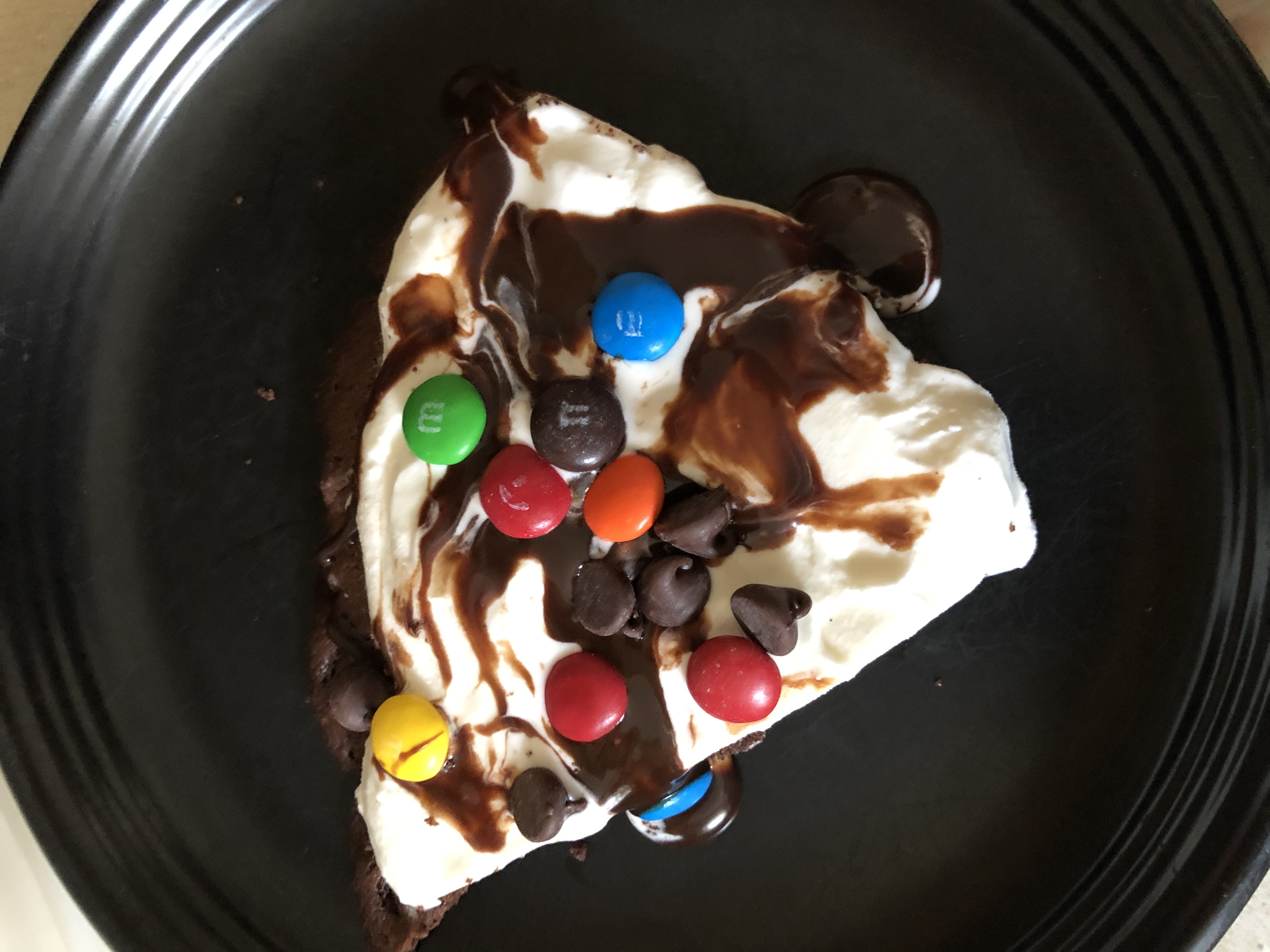
Books
This time, I’ll include two books that can be used as resources. The first book I found by accident. There was a two books for one credit sale going on Audible. It was an educational themed sale, so most of the books were from the Great Courses series. I wanted to take advantage of the deal, but had no idea what to get. Time was running out, so I ended up choosing The Addictive Brain, by Thad A. Polk. This isn’t something I’d normally read, but I chose it because I wanted to understand. Addiction has been a problem in my family and I guess I wanted to try to understand what was behind their behavior. While people take different stances on addiction, this book focuses on the science and the genetic component of addiction. I tried to keep an open mind while reading it and it actually made a lot of sense. Overall, it was an interesting read and I learned something.
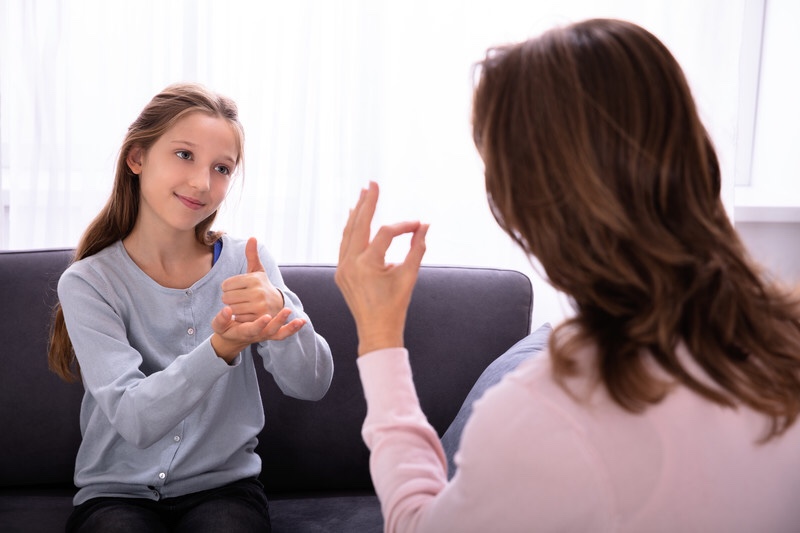
At the beginning of July, we had a new baby start with us at the childcare center where I work. He is the sweetest baby ever. He’s happy, cuddly and playful. He’s also deaf. unfortunately, this makes it harder to communicate with him. He doesn’t sign yet, but we are all learning. As someone with low vision, this is even more challenging for me because most of the time, I can’t see if someone is signing. I’ve been learning a couple new signs per week to practice with him. Since he’s usually laying on the floor in front of me, I can watch his hands closely or feel them, but he doesn’t sign back yet. At least he’s getting language in some form. I know it’s probably not good enough and that frustrates me. I want to do more and be able to communicate with him, so I’ve gotten a couple books to learn the basics. The most useful book I’ve found so far is Baby Sign Language Made Easy, by Lane Rebelo. It’s been the most useful for me because of the large images and good descriptions of the gestures. I need detailed descriptions, especially for the subtle visual things. I know it’s better to learn in person, but now this is where I have to start.
I like that the signs in this book are actual ASL and not made up baby signs. I have some ASL guides as well, but they are not as descriptive. This particular book is mainly for parents who want to sign with their hearing babies, but I’m using it since the signs would be the same whether the baby is hearing or deaf. If I’m showing him a sign, I show him the object right before and after the sign. If it’s a more routine task like a diaper change or nap time, I find that more difficult. I’m hoping that if I use the signs every time we do that activity, he’ll start making the association. If you are interested in teaching your baby to sign, this book is a must have.
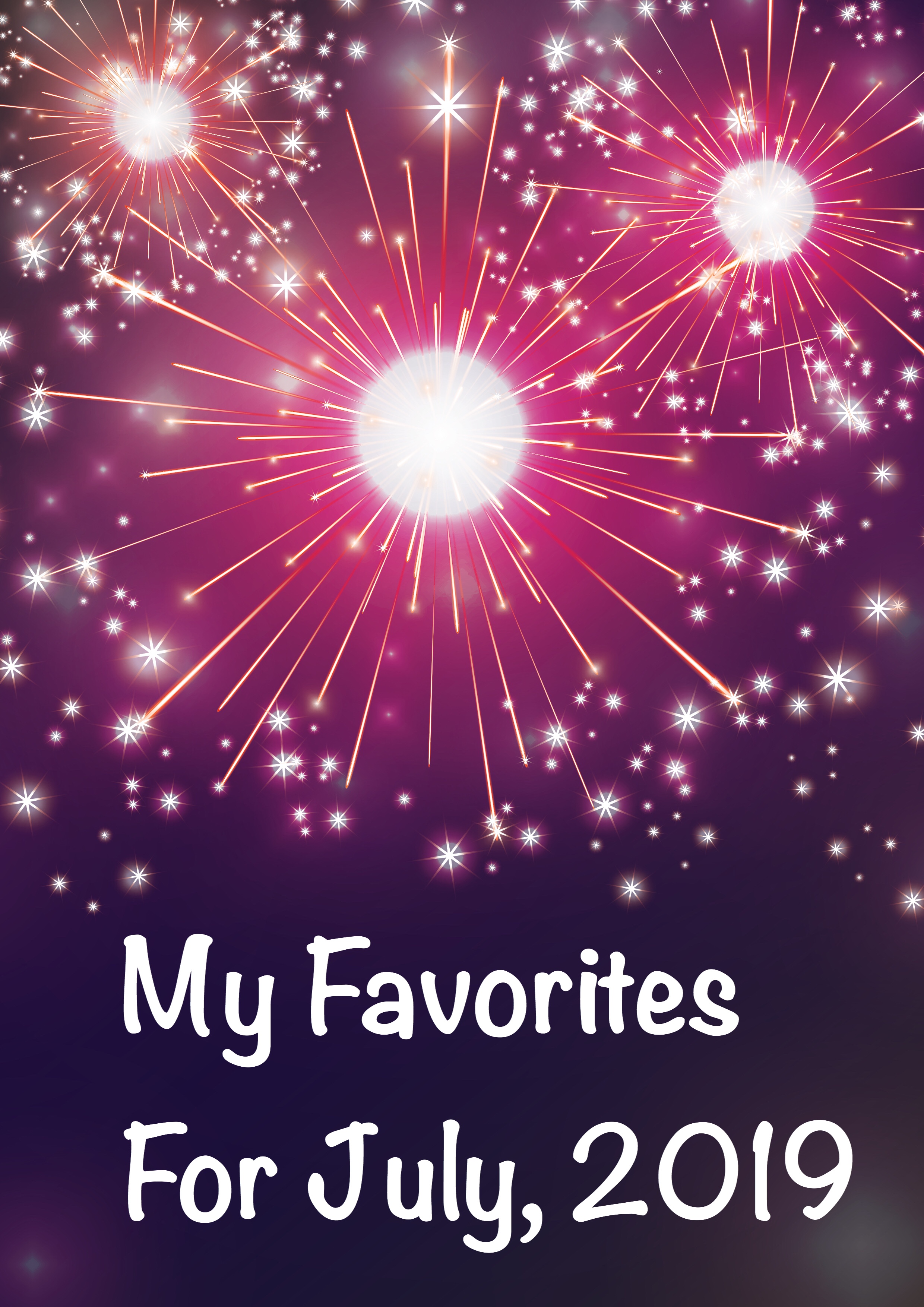
Articles
An informative article about the dimensions of self-care. This article dives deeper into self-care going beyond the typical self-care rituals to explore the why and the how.
Work Life Balance: Could It Be a Myth? I think we all are looking for this balance, but maybe it doesn’t really exist?
How to Get Baby to Sleep in the Crib Through the Night.
Are you having trouble getting your baby to sleep in his or her own crib? Are you thinking of transitioning your baby to a crib? This post is definitely for you. It’s packed with tips and tricks for baby sleep and one of my posts is featured!
How Your Negative Self Talk Becomes Your Child’s Inner Voice.
A reminder that we need to be kind to ourselves. Our little ones are always watching.
There you. have it, my favorites for July 2019. I’ll be back next month with more, but come back to visit throughout August. You’ll be seeing some back to school posts and other fun surprises.

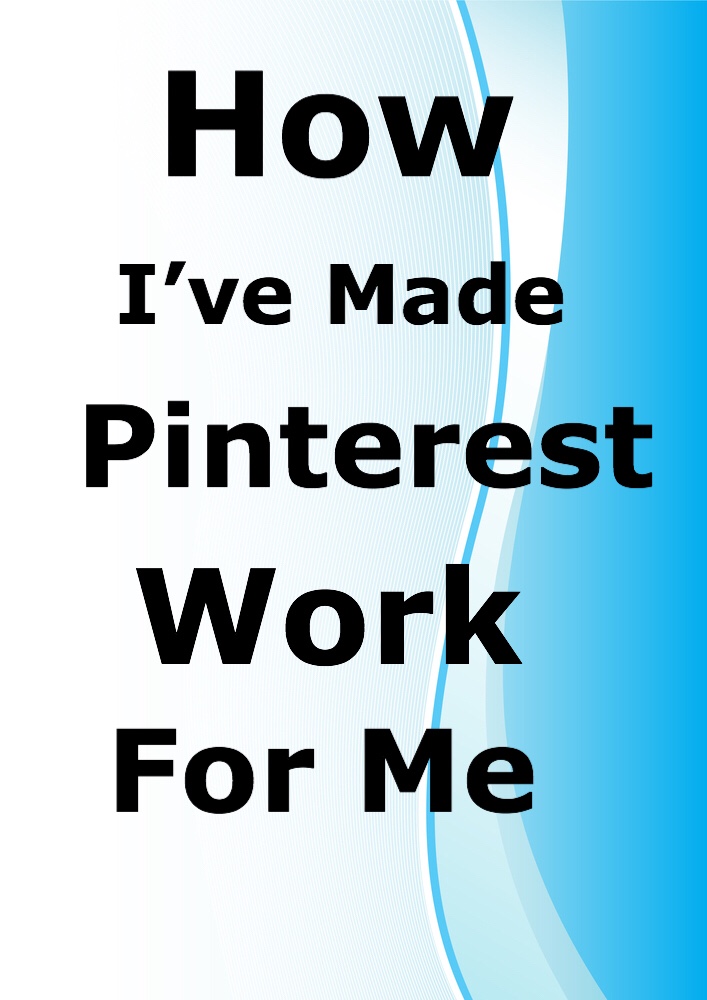
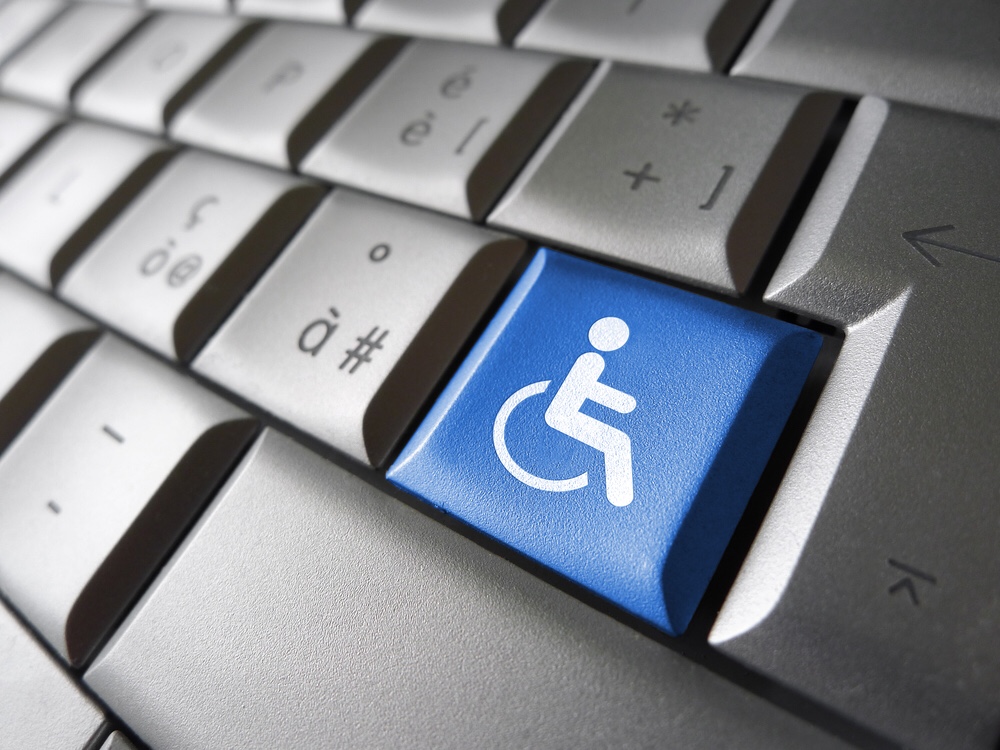
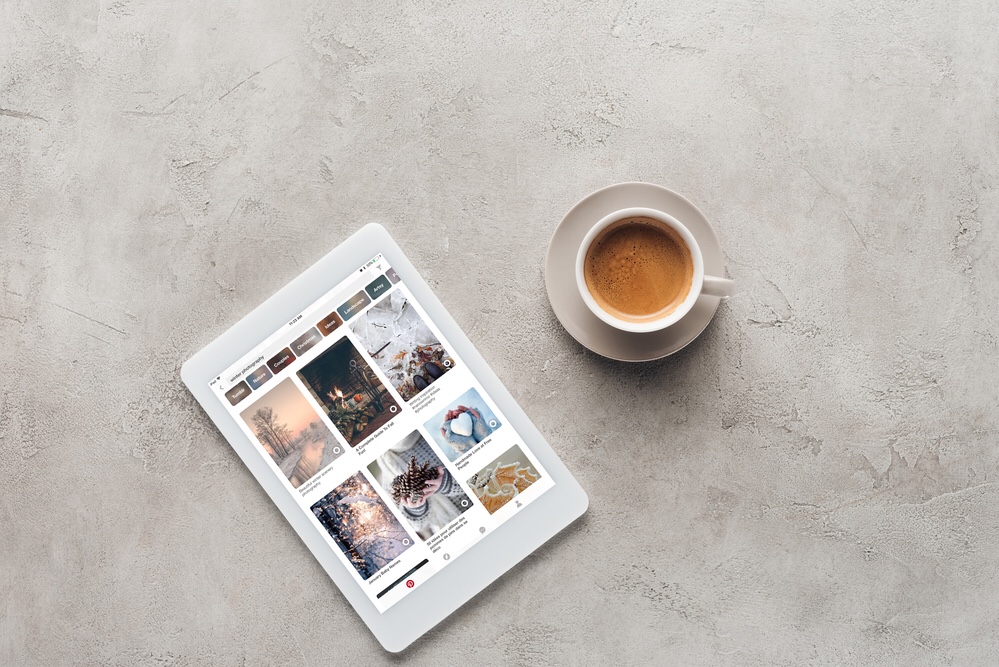

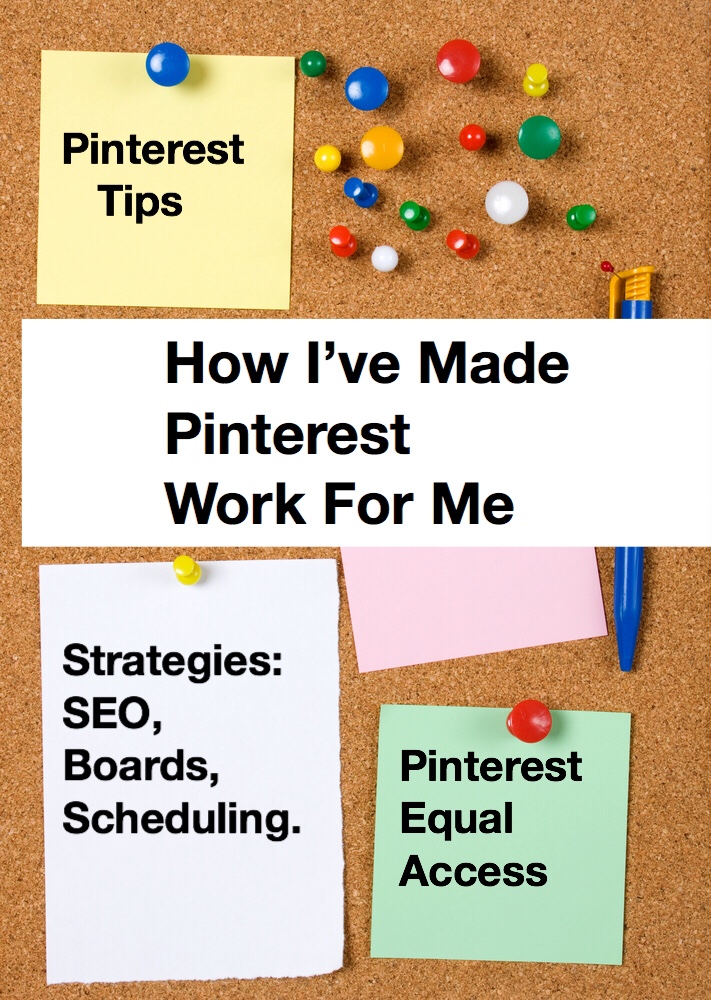
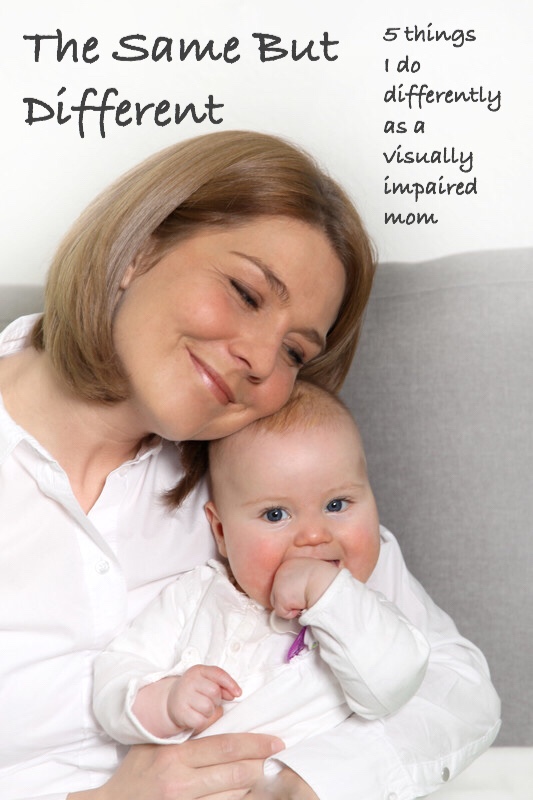 There are a lot of misconceptions out there and sometimes I get questions about how I do things as a visually impaired parent. I don’t think my life is out of the ordinary, but sometimes I might have to take an extra step or think outside the box to get things done. When the idea to do this post popped into my head, I thought of a couple things immediately, but for others, I really had to think about. Here are five things I do differently as a visually impaired mom.
There are a lot of misconceptions out there and sometimes I get questions about how I do things as a visually impaired parent. I don’t think my life is out of the ordinary, but sometimes I might have to take an extra step or think outside the box to get things done. When the idea to do this post popped into my head, I thought of a couple things immediately, but for others, I really had to think about. Here are five things I do differently as a visually impaired mom.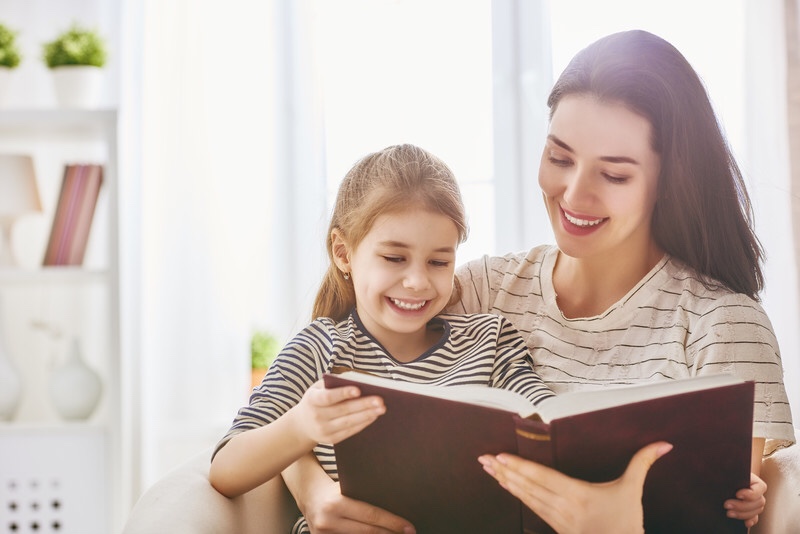
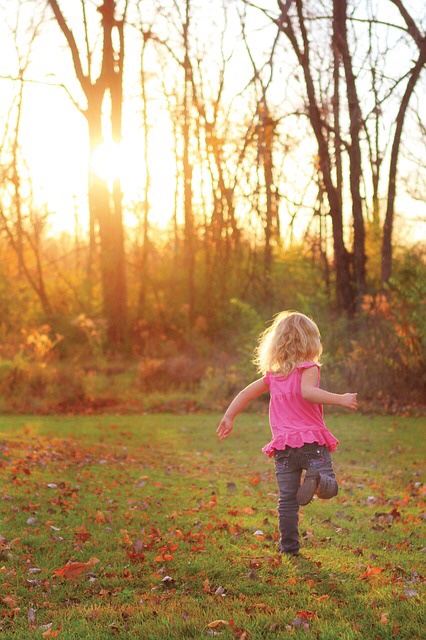
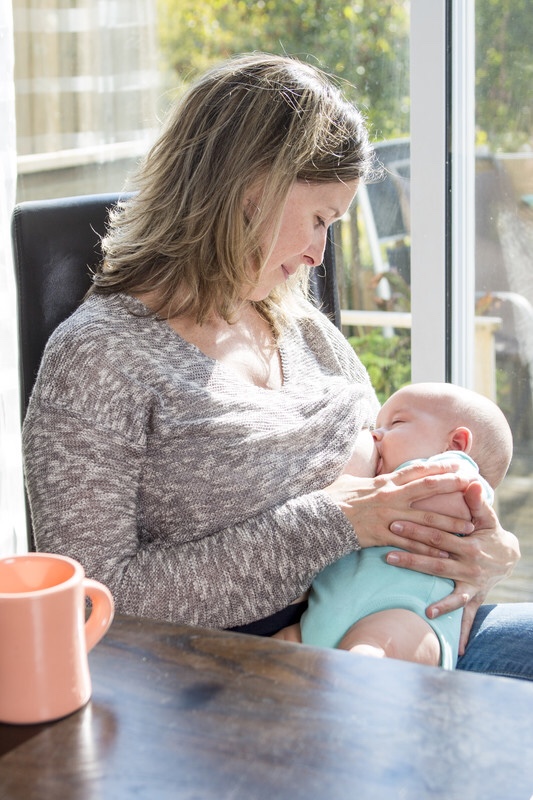

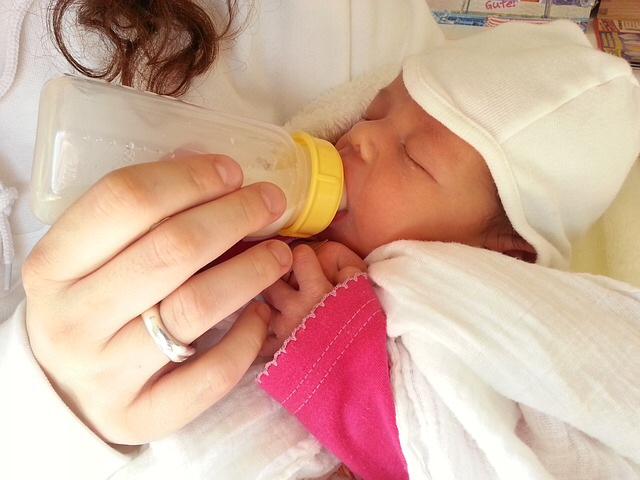
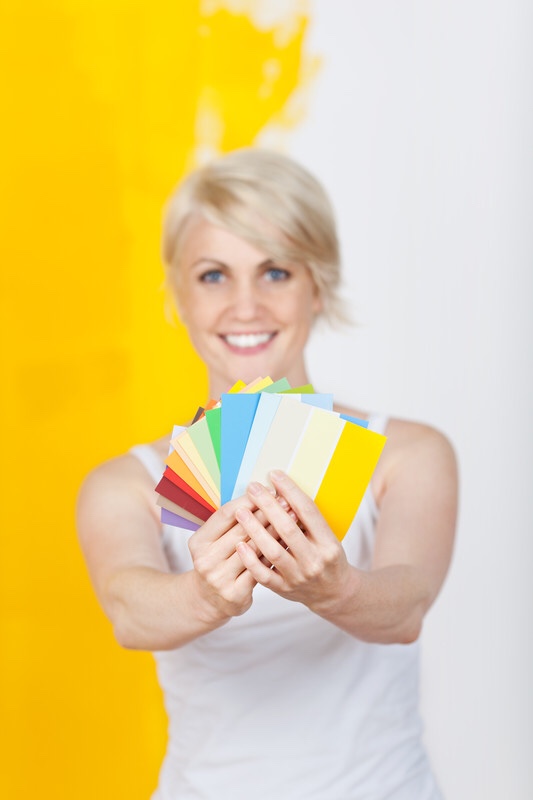
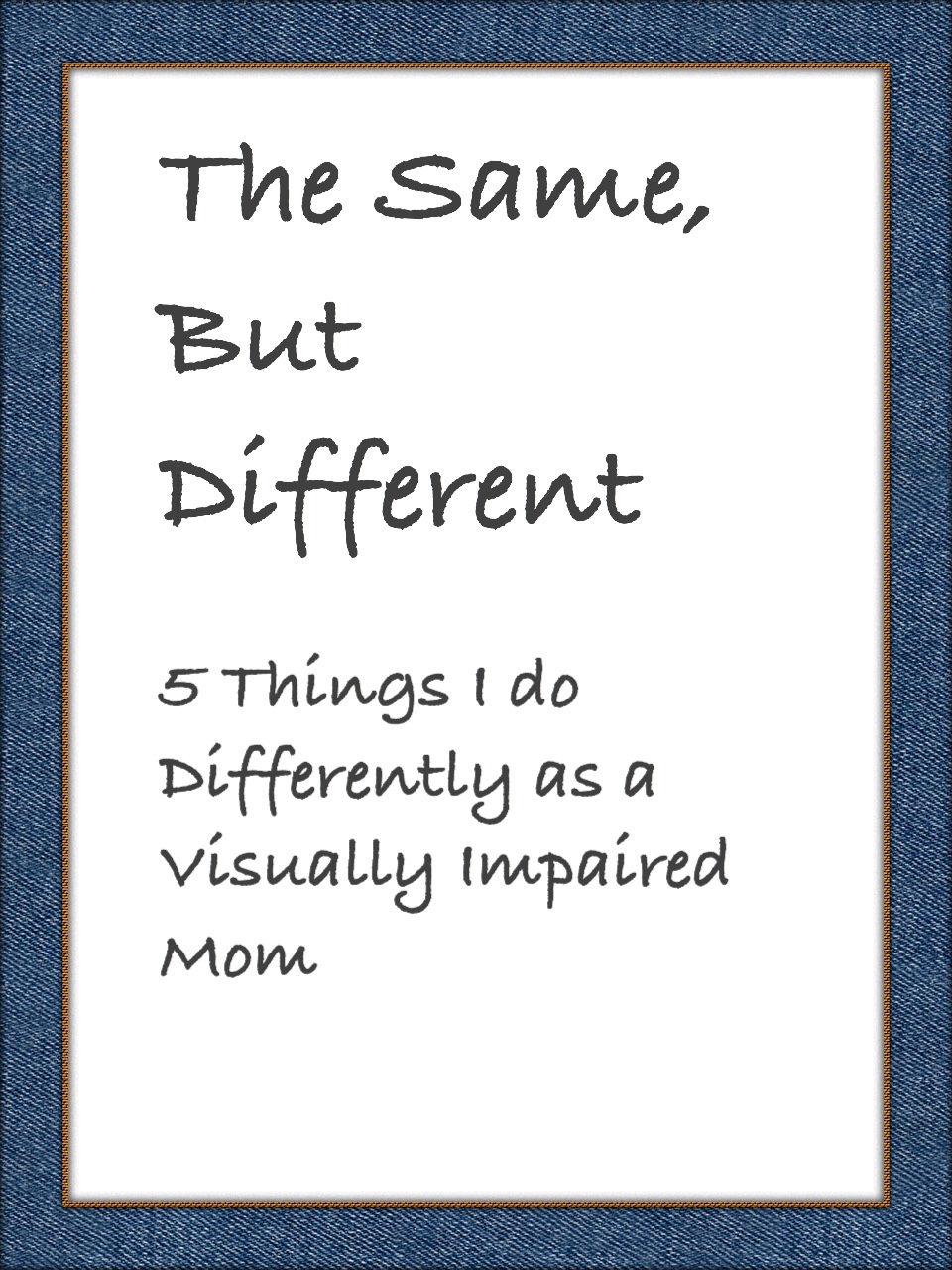 As a parent with a visual impairment, I do the same parenting tasks that other parents do, but sometimes I have to do them in a different way. I think that some people equate doing something differently with inability, but that’s not the case. If we all did everything the same, no one would ever come up with anything new and then how boring would the world be? Where would our world be without any outside the box thinking? Maybe my parenting journey looks a little different than yours, but my end goal is the same. We all want to raise healthy, happy well adjusted children.
As a parent with a visual impairment, I do the same parenting tasks that other parents do, but sometimes I have to do them in a different way. I think that some people equate doing something differently with inability, but that’s not the case. If we all did everything the same, no one would ever come up with anything new and then how boring would the world be? Where would our world be without any outside the box thinking? Maybe my parenting journey looks a little different than yours, but my end goal is the same. We all want to raise healthy, happy well adjusted children.

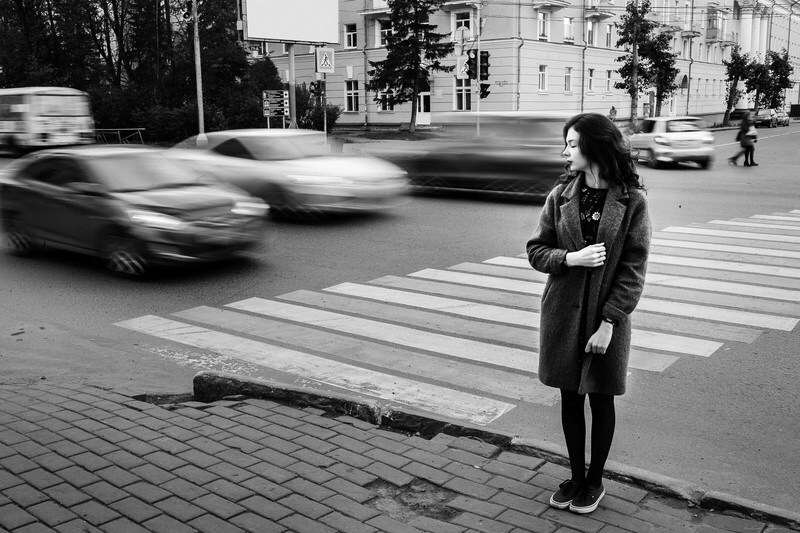
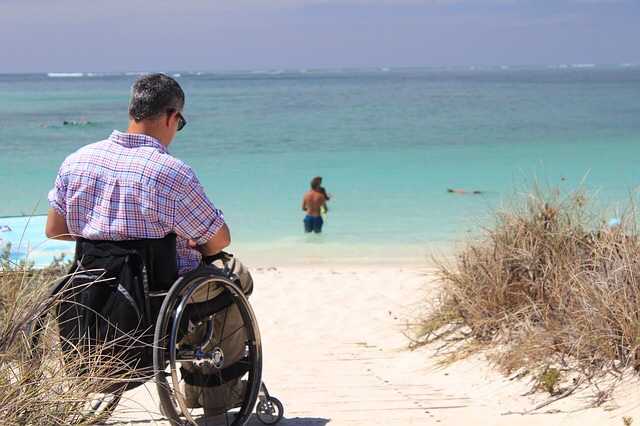
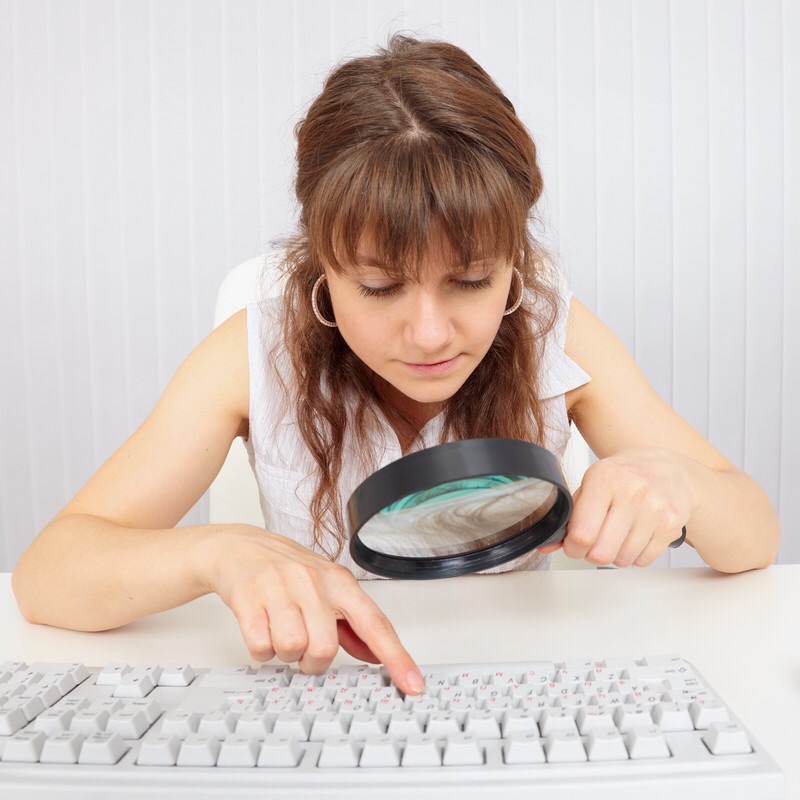

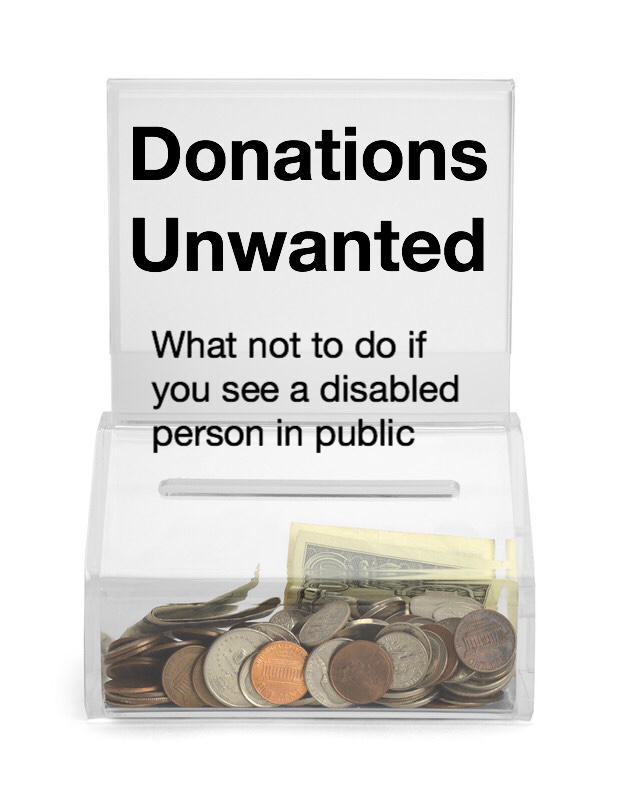

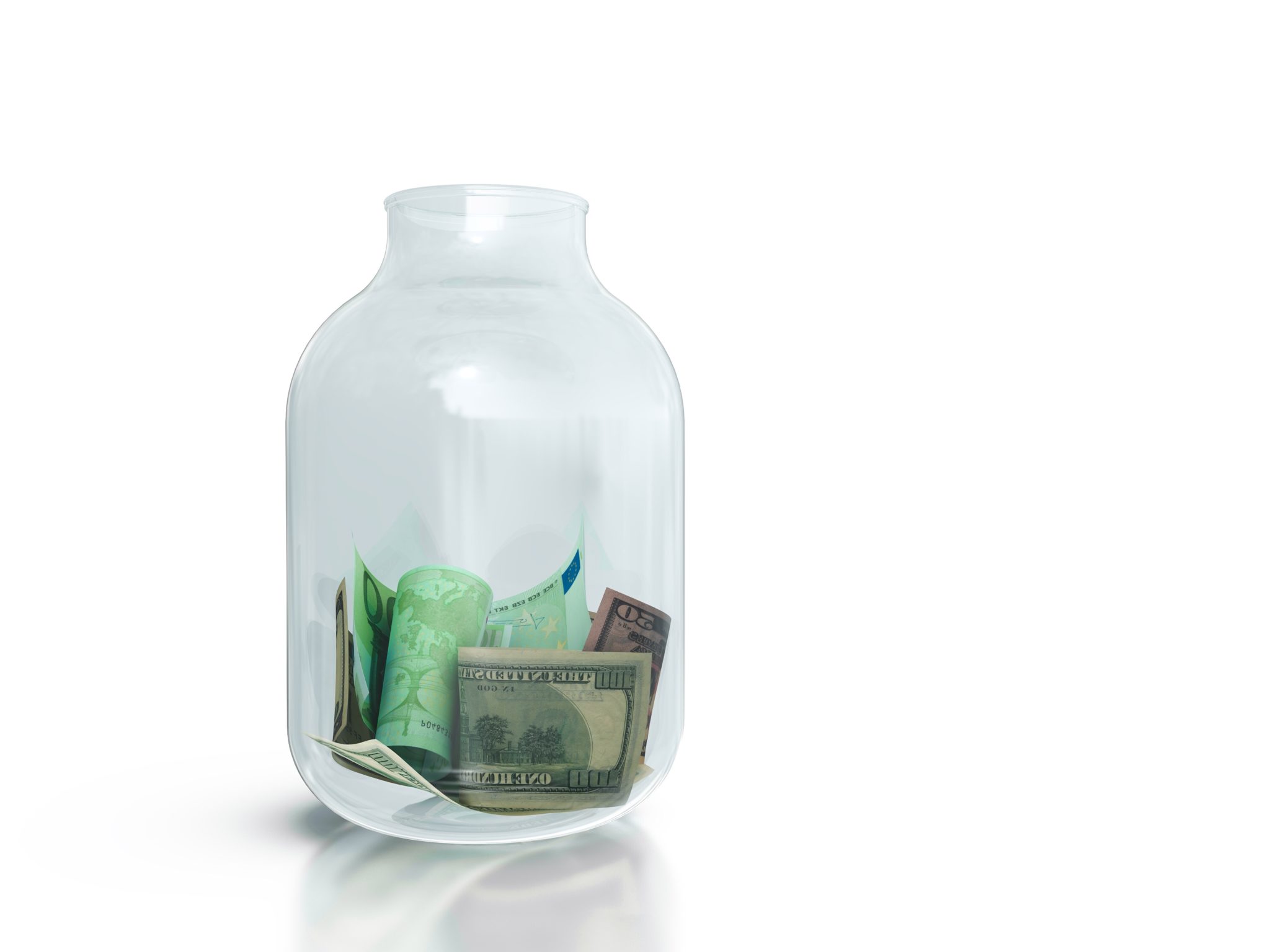 When I was a child, there used to be a blind man that sat in front of the grocery store usually with his accordion. Of course he had a tin cup sitting there for people to put money in. Whenever I’d walk by I’d be embarrassed for him. Everyone knew about this guy and occasionally people would mention him to me. I’d ask myself why he was sitting there basically begging and why he couldn’t get a regular job. I never liked that he was there because if people saw me with my visual impairment, they’d assume I was like him. Eventually he started appearing less and less, but perhaps that older man in Dunkin’ Donuts had that image in mind. The image of someone in need and not capable. I find that some of these assumptions are long-lasting and extremely hard to change even when there is plenty of evidence to the contrary.
When I was a child, there used to be a blind man that sat in front of the grocery store usually with his accordion. Of course he had a tin cup sitting there for people to put money in. Whenever I’d walk by I’d be embarrassed for him. Everyone knew about this guy and occasionally people would mention him to me. I’d ask myself why he was sitting there basically begging and why he couldn’t get a regular job. I never liked that he was there because if people saw me with my visual impairment, they’d assume I was like him. Eventually he started appearing less and less, but perhaps that older man in Dunkin’ Donuts had that image in mind. The image of someone in need and not capable. I find that some of these assumptions are long-lasting and extremely hard to change even when there is plenty of evidence to the contrary.